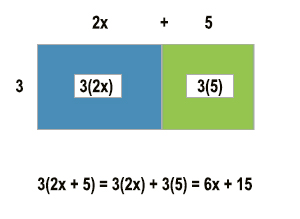While a teacher shortage is “old news,” and teacher salaries are slowly increasing every year, one thing is looking up for some potential educators, depending on where you plan to teach.
Although the pandemic has created an economic decline, most public education teachers are getting paid more. According to the NEA (National Education Association), the average teacher salary in the United States for the past 2020-2021 school year was about $65,000, which increased by one and a half percent over the previous year.
However, planned educator raises in some communities were put on hold after the pandemic started because of an economic domino effect that spiraled quickly, and it’s difficult to gauge where issues will stand going forward, as the COVID-19 fallout continues to be highly unstable.
If you hope to be an educator in New York, Massachusetts, and California, the salaries in these locations are the highest in the U.S., on average ranging from $85,000 to $87,000 annually. According to the same study, pay for teachers in Florida, South Dakota, and Mississippi is the lowest, averaging $47,000 to $49,000 per year.
Of course, these figures do not include the different costs of living in various areas of the country. Typically, living in midwest and southern states is less expensive than in the north and west, and these are many of the states where teacher salaries are lowest.
Starting salaries are considerably lower in over 6,000 school districts across the country – often less than $40,000, which can be detrimental to teacher hiring and retention. Urban and rural communities often have a more challenging time attracting and keeping teachers because of each type of district’s unique issues. More educators prefer suburban schools and are more prevalent.
What does all this mean for educators today? Whether you plan to teach in your hometown, will relocate to a large city, or want to experience country life and teach in a rural school, knowing the differences in salary should be part of your overall decision-making process. If you are thinking about teaching, you can prepare for teacher certification exams with PrepForward’s licensure prep.


